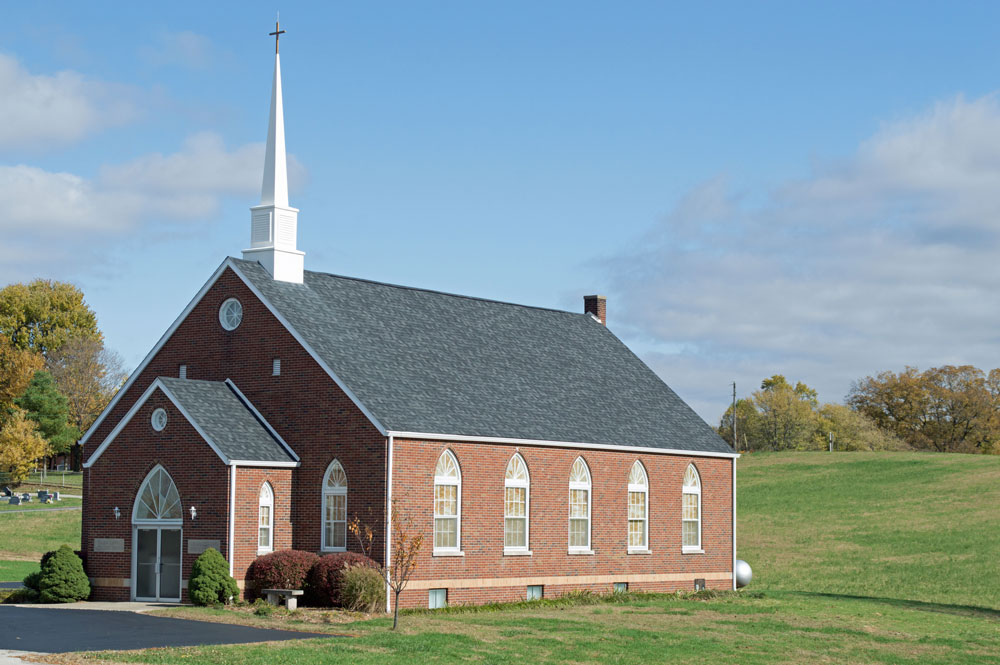In many faith-based houses of worship, an individual security steward often operates solo, shouldering the weight of risk assessment, emergency response, and legal compliance. This “Lone Defender Threat Mitigation Plan” gives you a clear, modular framework, transforming isolated duties into a structured, defensible program.
Risk Awareness & Site Profiling
Before you can secure your facility, you must understand its vulnerabilities and the threats you face.
- Conduct a comprehensive vulnerability assessment
- Map all access points, egress routes, and potential blind zones
- Evaluate lighting, signage, and physical barriers
- Profile your local threat environment
- Track crime trends, neighborhood grievances, and community tensions
- Identify natural hazards—flood zones, severe-weather patterns
- Document every finding
- Use a defensible, repeatable checklist to ensure consistency
- Timestamp and archive reports for after-action reviews
Emergency Response Protocols
A flexible, all-hazards plan keeps you ready for any scenario, whether it’s a medical crisis, active threat, or severe weather event.
- Build a modular response playbook
- Lockdown procedures with clear roles and passwords
- Evacuation routes and assembly points mapped in every building
- Triage guidelines for immediate medical aid and casualty collection
- Establish your communication tree
- Tiered alerts via text, call, and email for staff and volunteers
- Pre-designated backup contacts to avoid single points of failure
- Regular test messages and call-down drills to validate reach
Situational Awareness & Training
Your personal readiness determines how well you’ll execute the plan when seconds count.
- Daily gear and posture checks
- Inspect radios, flashlights, medical kits, and personal protective equipment
- Conduct a quick perimeter walk before services and events
- Ongoing skill development
- De-escalation techniques to defuse tension without force
- Tactical movement drills for navigating tight corridors or open worship spaces
- A clear use-of-force continuum that aligns with church policy and local law
Documentation & Legal Safeguards
Every action you take must be recorded and defensible; both to protect congregants and to safeguard your organization.
- Maintain a written, leadership-approved safety plan
- Include roles, responsibilities, and escalation triggers
- Log every incident, drill, and assessment
- Review these logs quarterly with leadership to refine protocols
- Ensure compliance with statutes and insurance requirements
- Confirm that approved tactics align with your policy’s “reasonable security measures”
Recommended Tools & Resources
Equip yourself with the right templates, training modules, and expert advice to elevate your plan:
- Downloadable playbook templates and vulnerability checklists
- On-demand training videos covering de-escalation and tactical movement
- Expert consultation and custom plan development from Kearnan Consulting Group, LLC
By following this Lone Defender Threat Mitigation Plan, you’ll move from reactive improvisation into proactive stewardship, empowering you to protect your congregation with confidence, clarity, and legal defensibility.
Resources for Further Guidance
- Kearnan Consulting Group, LLC
- Church Security Solutions | Emergency Planning Consultant
- Home Page | CISA
- FB-ISAO – The Faith-Based Information Sharing and Analysis Organization (ISAO)
- Homepage – Secure Community Network
- Christian Warrior Training
- Meet Our Church Security Team | Sheepdog Church Security
- Online Church Safety and Security Training Courses
- FBSN – Faith Based Security Network

